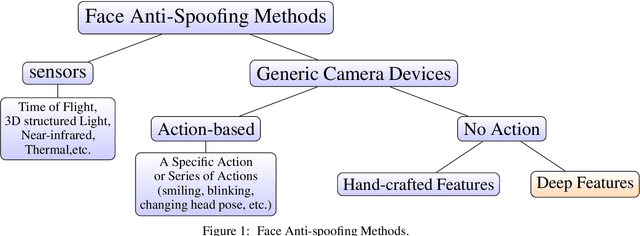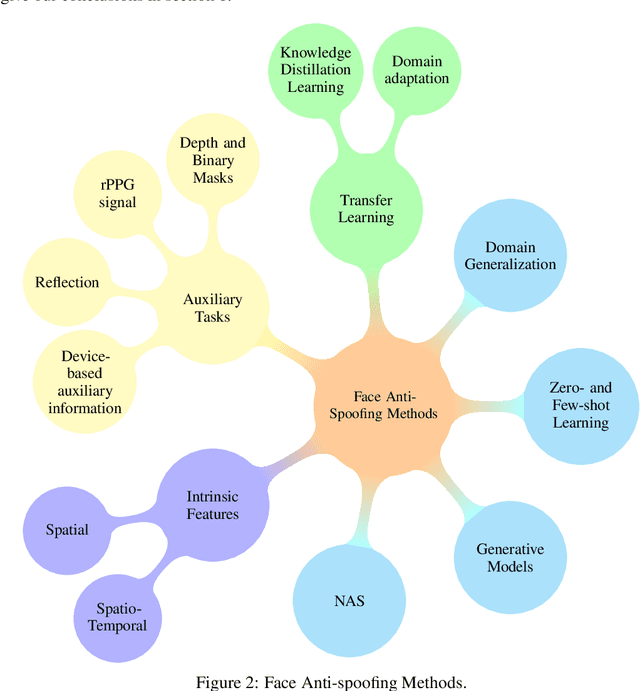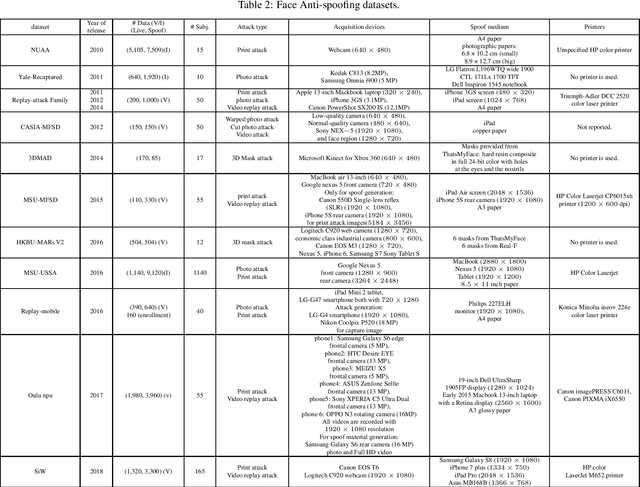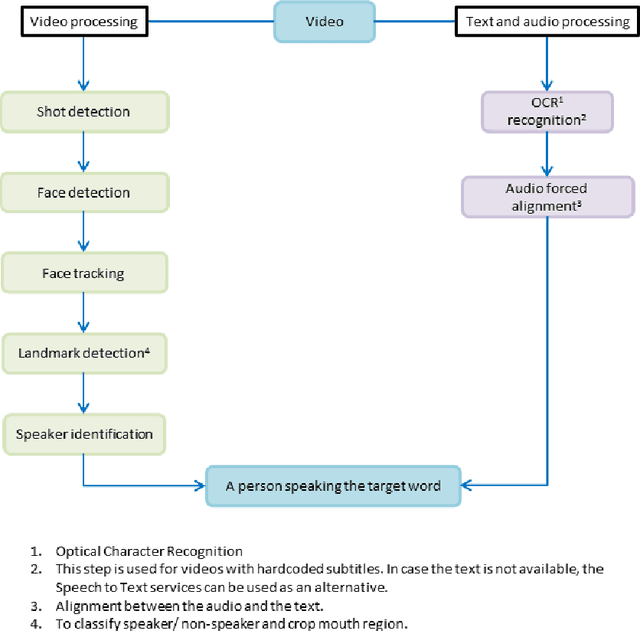Arian Sabaghi
Deep Learning meets Liveness Detection: Recent Advancements and Challenges
Dec 29, 2021



Abstract:Facial biometrics has been recently received tremendous attention as a convenient replacement for traditional authentication systems. Consequently, detecting malicious attempts has found great significance, leading to extensive studies in face anti-spoofing~(FAS),i.e., face presentation attack detection. Deep feature learning and techniques, as opposed to hand-crafted features, have promised a dramatic increase in the FAS systems' accuracy, tackling the key challenges of materializing the real-world application of such systems. Hence, a new research area dealing with the development of more generalized as well as accurate models is increasingly attracting the attention of the research community and industry. In this paper, we present a comprehensive survey on the literature related to deep-feature-based FAS methods since 2017. To shed light on this topic, a semantic taxonomy based on various features and learning methodologies is represented. Further, we cover predominant public datasets for FAS in chronological order, their evolutional progress, and the evaluation criteria (both intra-dataset and inter-dataset). Finally, we discuss the open research challenges and future directions.
Advances and Challenges in Deep Lip Reading
Oct 15, 2021



Abstract:Driven by deep learning techniques and large-scale datasets, recent years have witnessed a paradigm shift in automatic lip reading. While the main thrust of Visual Speech Recognition (VSR) was improving accuracy of Audio Speech Recognition systems, other potential applications, such as biometric identification, and the promised gains of VSR systems, have motivated extensive efforts on developing the lip reading technology. This paper provides a comprehensive survey of the state-of-the-art deep learning based VSR research with a focus on data challenges, task-specific complications, and the corresponding solutions. Advancements in these directions will expedite the transformation of silent speech interface from theory to practice. We also discuss the main modules of a VSR pipeline and the influential datasets. Finally, we introduce some typical VSR application concerns and impediments to real-world scenarios as well as future research directions.
 Add to Chrome
Add to Chrome Add to Firefox
Add to Firefox Add to Edge
Add to Edge